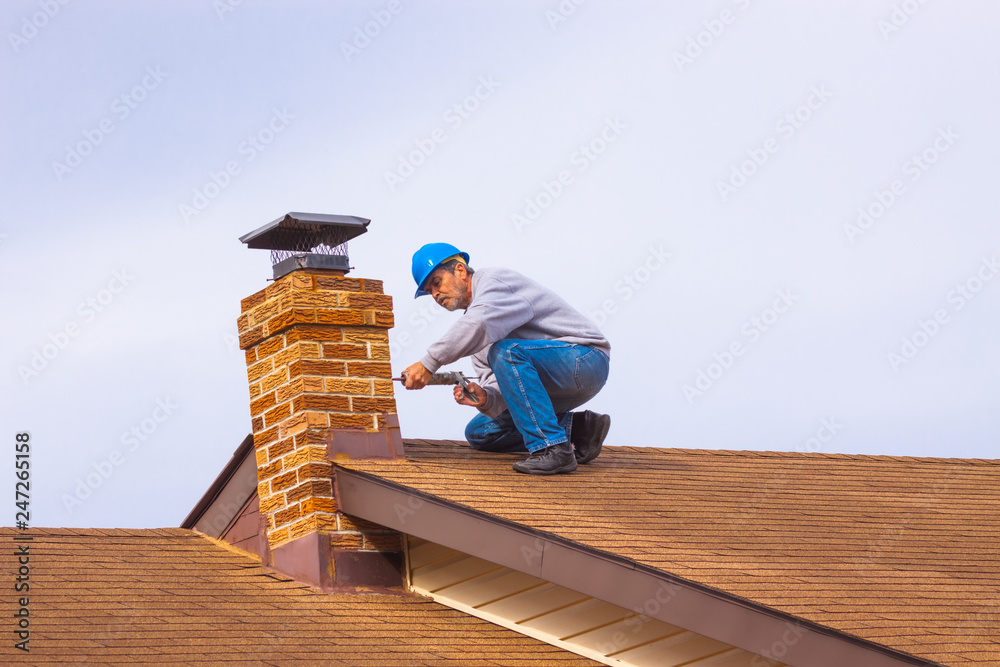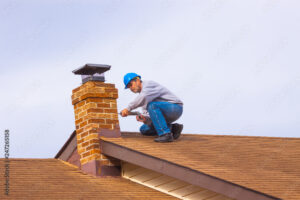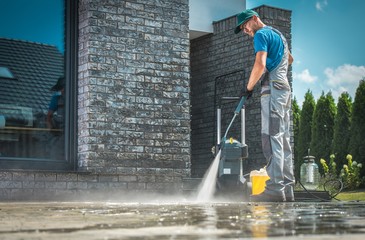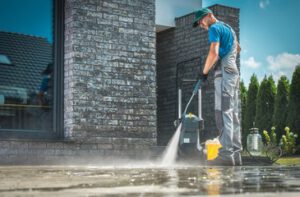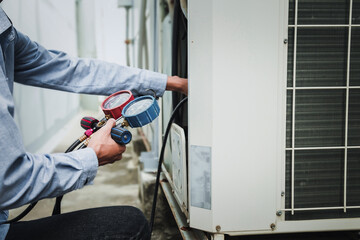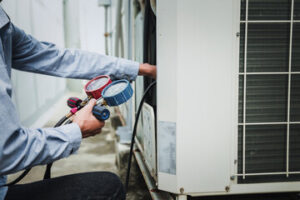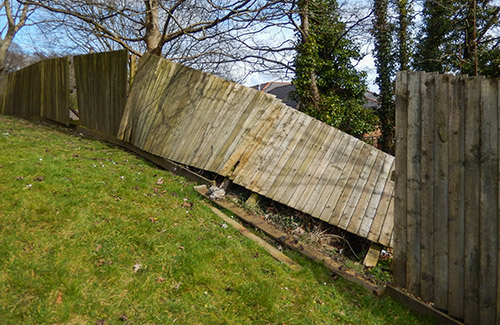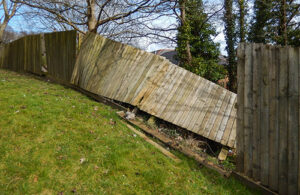A dock is a platform in water that allows boats and other vessels to move. A dock builder can construct a new dock or repair an existing one.
A dock can be made from wood, concrete, aluminum, or recycled plastic. It should be built to accommodate various vessel sizes and be as minimally invasive as possible. Click https://dockbuildingcharleston.com/ to learn more.
When building a dock, it is important to choose the right materials. This is because different materials will have varying benefits and drawbacks, depending on the purpose of the dock and the type of water it will be located in. Choosing the right material will help ensure that the dock is strong and secure, able to withstand the elements of the specific location. Additionally, the material will be able to withstand regular use’s wear and tear, ensuring that it is long-lasting.
Choosing the right materials for the pilings in your dock is also important. Many people will opt for natural materials such as wood for this part of the dock, because it provides a certain aesthetic appeal and can blend in with the surrounding environment. However, it is important to remember that wood can rot when it comes into contact with water, so it needs to be treated carefully before installation.
Other options for dock pilings include concrete and steel. Concrete can be a good choice for docks because it is durable, hard-wearing, and resistant to decay. It is often reinforced with steel to improve its strength, making it a suitable choice for docks that will have heavy-duty uses. However, it is important to note that concrete isn’t ideal for use in saltwater, so it should only be used in fresh or brackish waters.
Another option for pilings is wood, which is naturally rot-resistant and can be treated to increase this resistance even further. Cedar is an excellent choice for wood docks because it is naturally rot-resistant and has natural oils that prevent it from absorbing moisture, which can cause rot. Cedar is more expensive than other woods, but it is well worth the investment in terms of longevity.
The floats in your dock are vital to its buoyancy, so it is important that you choose the right ones. There are many different types of floats available, including fiberglass and steel. Fiberglass floats tend to be the preferred option because they are hollow, which makes them more affordable upfront. However, they are susceptible to punctures and damage that can cause them to lose buoyancy, so they may need to be replaced more frequently.
Design
Docks are essential maritime structures that provide a safe harbor for mooring or berthing ocean-going ships and container ships. They are also important for loading or discharging cargo, as well as for the maintenance, repair and even construction of ships. Loading docks enable companies to more easily coordinate logistics operations and synchronize transportation schedules.
The design of a dock is typically determined by its intended use and available water depth. A do-it-yourselfer may consider a “kit” dock, which is sold in sections and assembled on the shoreline. This option is a relatively affordable one that allows the homeowner to create their own dock layout. A more elaborate dock, however, often requires a professional to be constructed on-site.
Decking materials are another decision that must be made for dock construction. The de facto standard for residential docks is Southern Yellow Pine, which is both economical and durable. If the wood is pressure treated to the proper level, a pine dock can last 30 years or more without any significant deterioration.
Other material options include aluminum and steel, which are more expensive but extremely strong and stable. They are susceptible to corrosion, however. Steel can also be a challenge to install, as it is very heavy, and it must be fastened using blind bolts that allow for one-sided installation.
Concrete is a more permanent choice for dock pilings, as it can withstand the impact of large boats and other large equipment. A concrete dock can also be topped with pavers or other stone flooring finishes, which can give the homeowner a more refined look for their dock.
If a home’s waterfront is too shallow to accommodate a dock, a lake bottom can be dredged to add deeper water levels. This is a fairly involved project and must be done according to local regulations and environmental concerns.
A custom designed dock is a great investment, but it is not necessarily affordable for everyone. Fortunately, there are resources that can help homeowners replace existing docks from parts, complete building plans, and even design and construct their own on-site.
Installation
Before you build your dock, you need to consider its size and shape. The size of the dock depends on how many watercrafts you plan to accommodate and what activities you will engage in, such as fishing or swimming. The shape of the dock should offer maximum berthing length. It should also be straight, not circular or curved, as these designs would make it difficult for vessels to berth at the dock.
Depending on the climate and location of your waterfront, there are several different types of docks to choose from. Some are made from wood, others from steel, concrete or a combination of materials. The type of dock you choose should also be based on the depth and composition of your lake bottom.
The decking material you choose is another major decision in your dock construction process. The de facto standard is southern yellow pine, which offers good strength properties and is inexpensive. However, it is prone to rot and needs annual maintenance. If you prefer a long-lasting alternative, you can opt for composite decking. This decking is a blend of wood fibers and plastic. It doesn’t require finishing and is extremely wear-resistant.
Once the frame is constructed, you can begin adding dock sections. The best way to do this is to pre-assemble as much of the dock as possible before installing it in the water. For example, you can install the crossarms and upright posts before you put them in the water. You can also install the bottom plates and stringer brackets before you float or carry the next section in.
When you install the next dock section, you can either float it or carry it in and set it down in the water. You should always place the next dock section in a position that allows you to hinge it on the previous section. Doing this ensures that the dock is secure and will not move.
Some docks are anchored in the ground with concrete pilings. If you select this option, it is important to use enough anchors. These will help prevent the dock from spinning in windy, wavy conditions. To prevent this, fasten one concrete anchor to each corner of the dock with thick galvanized chains that are crisscrossed. This makes the chain stronger and helps reduce the risk of the chain getting tangled on other docks or other objects in the water.
Maintenance
Depending on the type of dock you choose, you will need to periodically check for signs of wear and tear. Metal docks may need to be treated for rust or cleaned to prevent discoloration, while wood-based ones must be regularly sealed to keep out moisture and rot. Regardless of the material, you should always apply a waterproof sealant with low volatile organic compounds to protect your investment and ensure its longevity.
If your dock is made of wood, you will need to be vigilant about looking for rotting areas and splinters. Any rot should be replaced right away to avoid costly repairs in the future. You should also look for rust stains on any steel equipment or supports and treat them as soon as possible. Vinegar and dish soap are often effective at removing the stains, but for more stubborn spots, you can use a commercial rust treatment product.
It is a good idea to regularly sweep or hose your dock, especially the walkways and decking areas, to remove any debris that could pose a tripping hazard. You should also periodically inspect ladders and secure any loose steps. You should also make sure that all of the bolts, screws and nails are tight and in place, and replace any that are missing or rusty.
While it is easy to overlook minor issues, it is important to get them fixed as quickly as possible to avoid costly repairs in the future. It is a good idea to set up a time on your calendar to do a thorough inspection and maintenance check once a month. This will help you to stay on top of any maintenance and repair needs that might arise, and it will also encourage you to complete the maintenance tasks regularly.
Docks can be a great addition to your property, and they can add both beauty and value. However, they will only last for as long as they are properly maintained and used. By following the tips in this article, you can enjoy your dock for years to come. In the end, your dock will be a functional and beautiful part of your waterfront.


